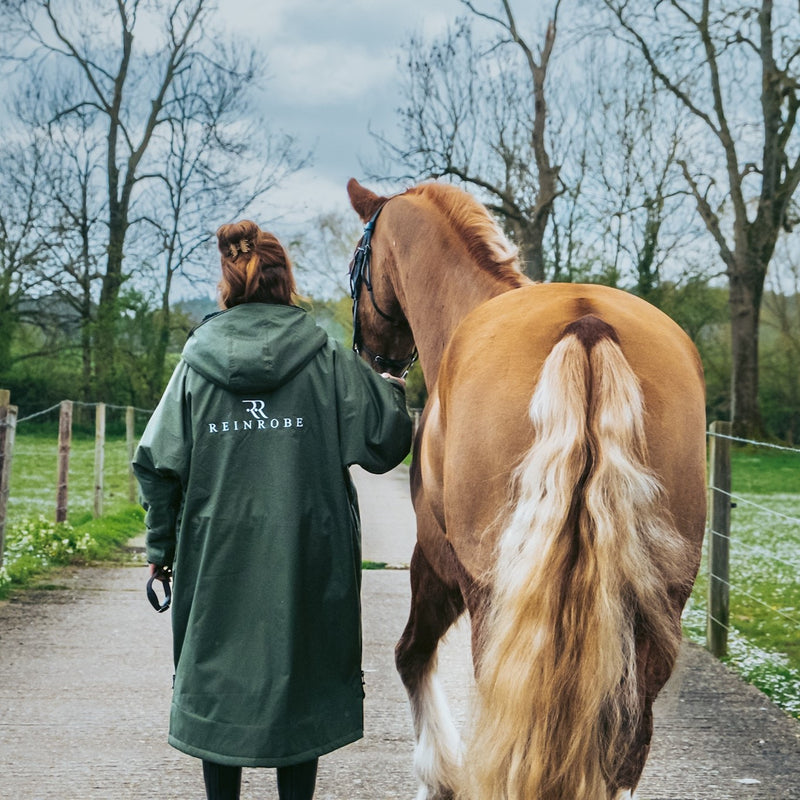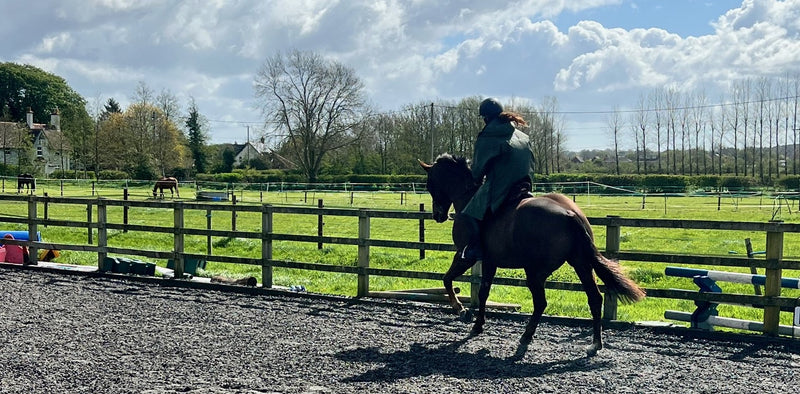
When it comes to horse riding, the right attire is not just about style—it's about functionality, comfort, and safety. Among the essential items in a rider’s wardrobe, a good coat stands out. Whether you're riding through chilly autumn mornings, braving winter winds, or enjoying a brisk spring trail ride, the right coat can make all the difference. Here’s a guide to help you choose the perfect coat for your equestrian adventures.
1. Material Matters
The material of your riding coat is crucial. Horse riding often exposes you to various weather conditions, and your coat needs to be able to withstand the elements. Here are some common materials used in riding coats:
- Wool: Known for its warmth and durability, wool is a classic choice for riding coats. It's breathable and naturally water-resistant, making it ideal for colder climates.
- Softshell: For milder weather, softshell coats offer a great combination of flexibility, breathability, and water resistance. They are perfect for active riding, allowing freedom of movement while keeping you comfortable.
- Waterproof Fabrics: If you’re riding in wet conditions, a waterproof coat is essential. Look for options with taped seams and storm flaps to ensure you stay dry.
2. Design Features
Riding coats are designed with specific features that cater to the needs of equestrians. When selecting a coat, consider these elements:
- Cut and Fit: A riding coat should have a tailored fit that allows for free movement without excess fabric getting in the way. Look for coats with a slightly longer back or vented design to accommodate the saddle and ensure comfort while riding.
- Zippers and Closures: High-quality zippers and closures are a must. A two-way zipper is especially useful, as it allows you to adjust the fit at the bottom when seated in the saddle. Snap closures or storm flaps over the zipper provide extra protection against wind and rain.
- Pockets: Handy pockets are a practical feature, especially when riding. Deep, secure pockets with closures are ideal for holding small items like gloves, phone, or treats for your horse.
3. Seasonal Considerations
Depending on the season, your choice of coat will vary:
- Winter Riding: For winter riding, insulated coats are a must. Look for options with synthetic or down insulation that offer warmth without bulk. Fleece-lined collars, storm cuffs, and adjustable hoods are also great features to look for.
- Autumn and Spring: During transitional seasons, a lightweight, water-resistant coat is perfect. A softshell jacket with a breathable lining will keep you comfortable as temperatures fluctuate.
- Summer Show Jackets: In warmer weather, you’ll need a lightweight, breathable show jacket for competitions. Modern show jackets often feature technical fabrics that wick away moisture and offer a sleek, professional appearance.
4. Style Meets Tradition
Riding coats have a long tradition of style. Whether you prefer a classic look or something more modern, there are options to suit every taste:
- Traditional Tweed: Tweed jackets are a staple in the equestrian world, especially for hunting or country-style riding. They offer a timeless look with a touch of heritage.
- Modern Technical Jackets: For those who prefer a contemporary style, there are plenty of sleek, minimalist designs that combine high performance with modern aesthetics.
5. Safety First
While style and comfort are important, safety is paramount. Make sure your coat does not have any loose or flapping elements that could get caught on the saddle or equipment. Reflective elements or bright colors can also be beneficial for visibility if you're riding in low-light conditions or near roads.
Conclusion
Selecting the right coat for horse riding involves balancing practicality with style. The ideal coat will protect you from the elements, provide comfort and mobility, and enhance your overall riding experience. Whether you’re competing, trail riding, or enjoying a leisurely hack, a well-chosen coat is an investment in both your safety and enjoyment.








